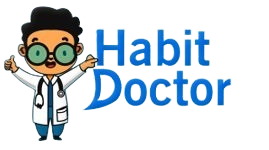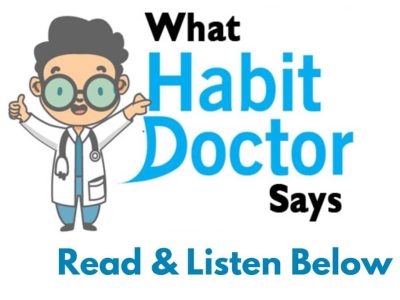If you ask the next person you meet what the most important problem facing America is, he or she is likely to respond “drugs.” That’s an excellent response. The cost of drug-related law enforcement lost productivity, and disease is in the billions of dollars each year. Human suffering has an unfathomable cost. What are our options for dealing with this colossal problem?
Understanding its spread
A solution could be found in history. Understanding how drugs spread throughout nations and continents, as well as how governments have dealt with drugs in the past and the outcomes, may help us better understand how to deal with the problem today. The drug business, both legal and criminal, is fiercely competitive, and those who work in it are constantly looking for methods to cut expenses and increase profits. As a result, opium costs less than alcoholic beverages or other recreational diversions in many parts of the world today.
Drugs have traditionally been considered as commodities by governments throughout history. Opiates, for example, were legally available in the United States and Britain in the late 1800s as patent medicines and were widely and casually used. However, many countries, including our own, established a limited policy around 100 years ago. Certain narcotics remained permitted (the big three being alcohol, cigarettes, and caffeine), while others were forbidden.
Making it illegal
The legal status of a substance has little to do with its basic features, even though illegal narcotics like marijuana, opium, and cocaine now elicit fear and disgust. Some people abuse alcohol, a legal drug, with disastrous consequences; others use cocaine, an illegal drug, in moderation and operate normally. The medicine’s side effects have less to do with the drug and more to do with the individual using it. The hypocrisy of legalization stems in part from influential people’s drug preferences and a substance’s widespread acceptance.
Of course, making a substance illegal does not make it disappear from society. The endeavour to curb illegal drug use has almost entirely centred on decreasing supply. The logic is straightforward: if a substance isn’t available, it can’t be abused.
There is, thankfully, another option. Rather than aiming to eradicate illegal substances, we should concentrate on decreasing the harm that they cause. This “harm reduction” strategy includes policies like needle exchange (which has been found to lower HIV infection), methadone and other maintenance programmes that allow addicts to explore positive lifestyles, and marijuana decriminalisation, which many young users quit on their own as they grow. Harm reduction focuses on attainable goals rather than the impossibility of creating a world free of drugs.
Disorder affecting brain
The Substance Abuse and Mental Health Services Administration (SAMHSA) revealed that 18.9 million Americans aged 12 and older misused prescription medicines in the previous year, according to a survey done in 2015. A prescription medication use issue affected about 1% of Americans aged 12 and up. A component of drug use disorder is drug addiction. It’s a disorder that affects your brain and behaviour, making it tough to keep your drug usage under control. Some people develop a dependence on illegal recreational drugs like cocaine or heroin. It is, however, possible to get addicted to medications given by your doctor. You may become compulsively utilise a prescription drug if you become addicted to it, even if it does you harm.
Some prescription medications have a higher risk of addiction than others. Most addictive medicines work by flooding your brain’s reward system with dopamine. This produces a pleasant “high” that may entice you to use the substance again. You may get reliant on the drug to feel “normal” or “good” over time. It’s also possible that you’ll build a tolerance to the medicine. This may encourage you to take higher doses.
Our efforts to prevent illicit drug use and its repercussions in the United States are outlined in the National Drug Control Strategy. …… Disrupting drug trafficking and production in the United States; strengthening international collaborations; and Improving information systems so that drug use and its repercussions may be addressed more effectively. Only by understanding the true cause of the problem will we be able to figure out how to permanently stop our drug addiction.



Fueling my journey to becoming my best self. The blog is a constant source of positivity.”